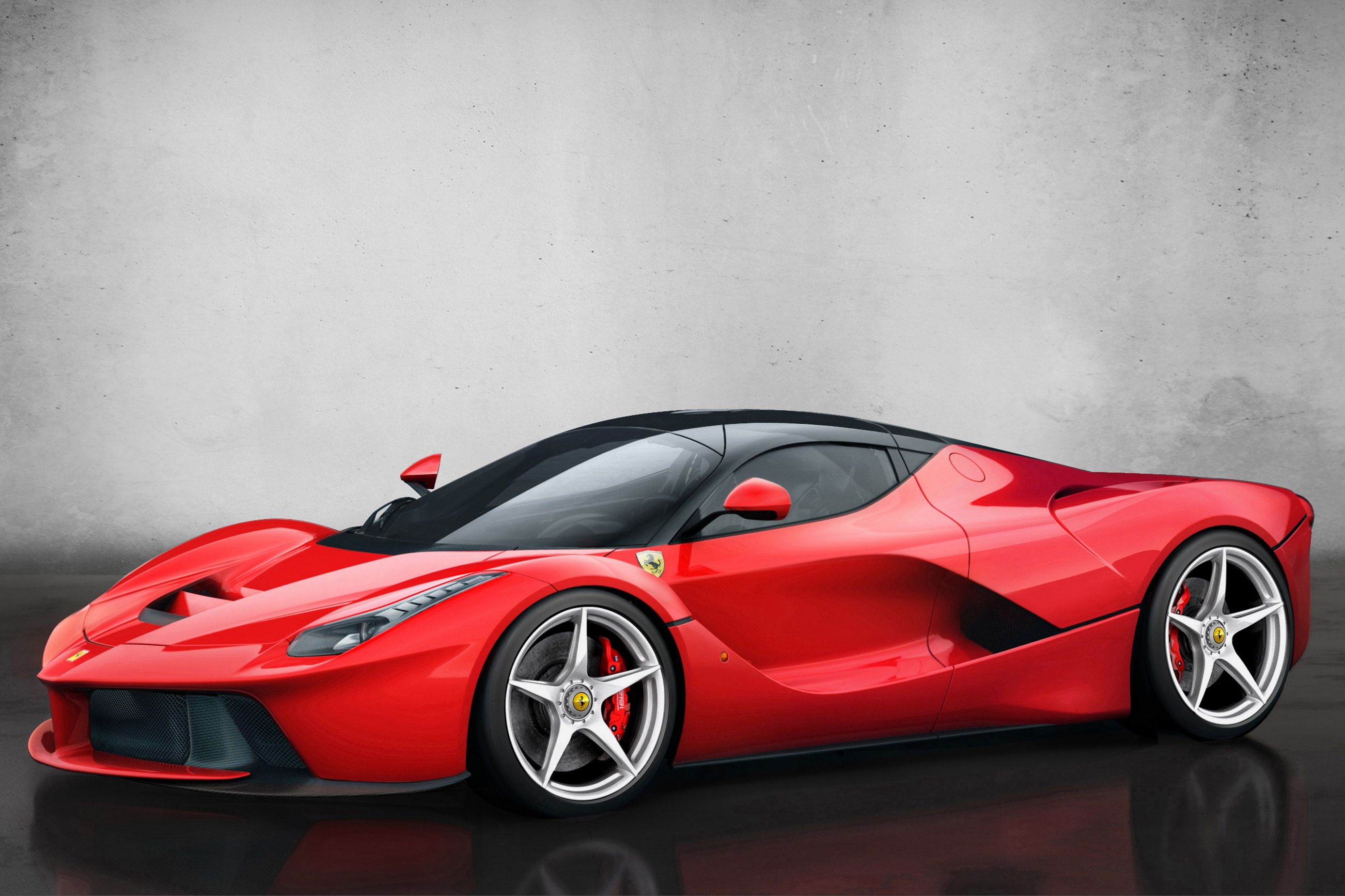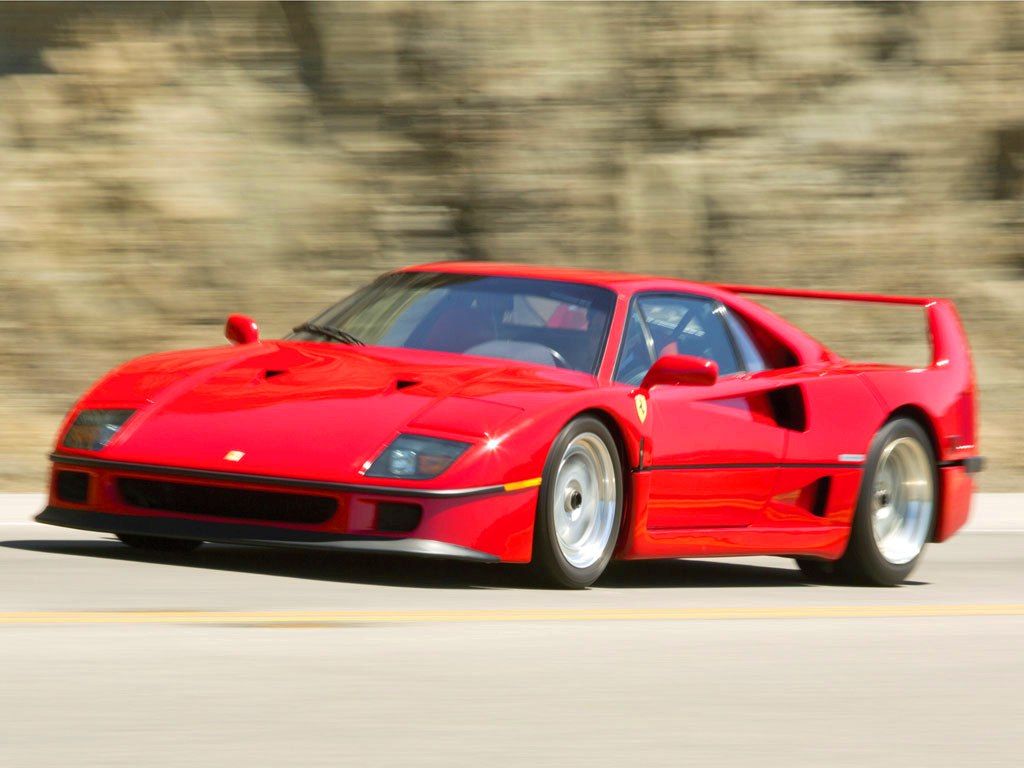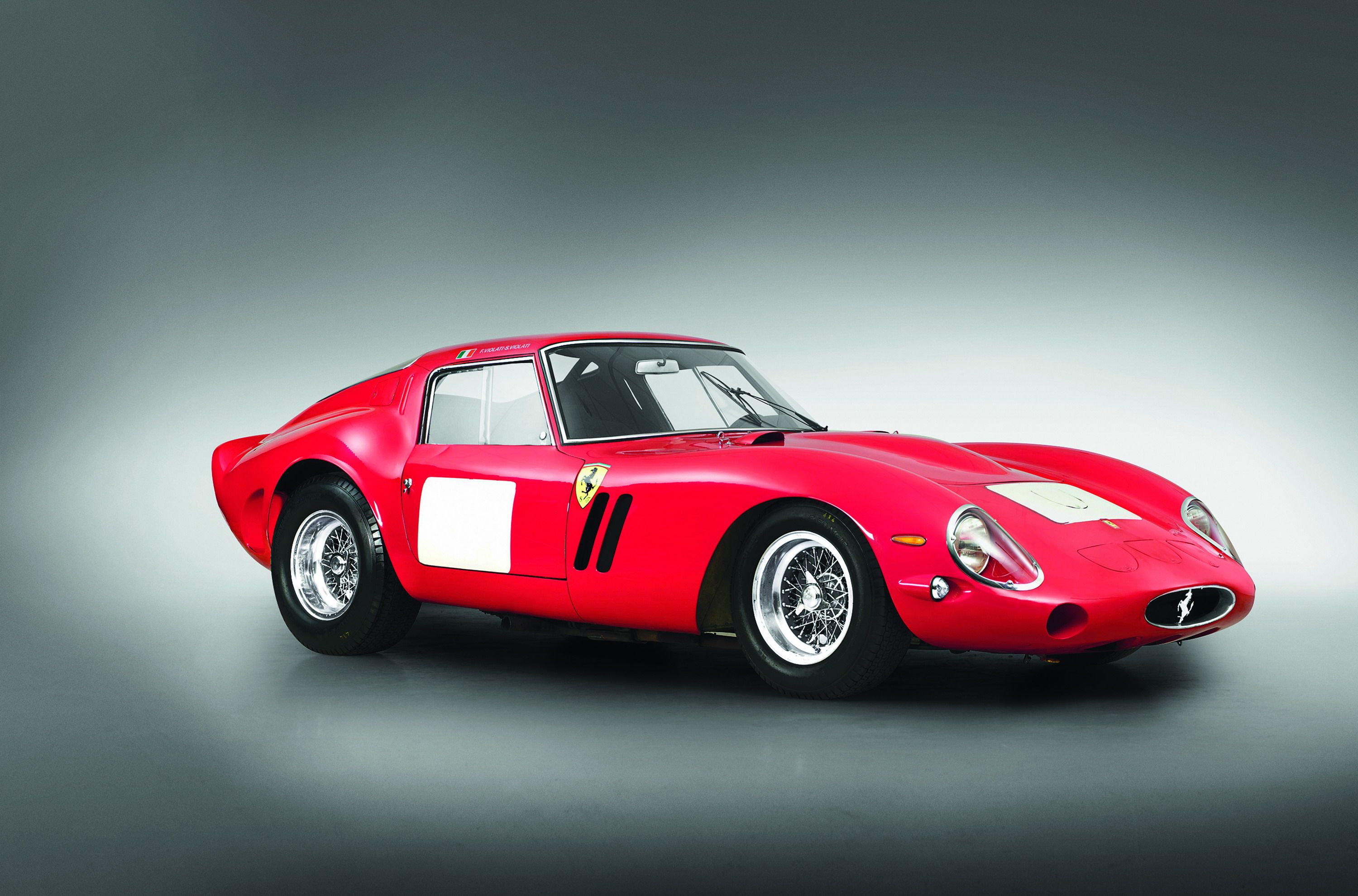Picking the ten best Ferraris of all time is not an easy exercise, but somebody had to do it. Sports cars don’t come finer than those with a Prancing Horse badge, and in the 70 years that it has been around, Ferrari has built some of the finest and most desirable performance cars in the history of the industry. A lot of Ferrari models have climbed the ladder to iconic status, and even some of today’s models are on their way there, too. It took a lot of work — and arguments — but we managed to narrow down our choices for the ten best Ferraris of all time.
Ferrari LaFerrari
On paper, the Ferrari LaFerrari is considered the successor to the Ferrari Enzo. In reality, the two exotics share little in common with each other. By virtue of its stature as the first-ever car from Maranello to use a hybrid drive system, the LaFerrari’s place in Ferrari lore is secure.
|
Powertrain: |
6.3-liter V-12 engine and a pair of electric motors; F1-sourced KERS system |
|
Output: |
963 horsepower and 663 pound-feet of torque |
|
Transmission: |
F1 dual-clutch |
|
0-to-60 mph time: |
2.4 seconds |
|
0-to-124 time: |
under seven seconds |
|
Top speed: |
217 mph |
|
Horsepower per liter: |
152.9 horsepower |
|
Power-to-weight |
599.369 per Ton |
|
Number Built: |
499 |
|
Estimated current value: |
$1 million to $1.3 million |
Read our full review on the 2014 Ferrari LaFerrari
Ferrari 365 GTB/4 Daytona
Considered as one of the most beloved Ferraris of all time, the 365 GTB/4 has become more desirable with the test of time.
|
Engine: |
4.4-liter V-12 engine |
|
Output: |
352 horsepower and 318 pound-feet of torque |
|
Transmission: |
Five-speed manual, rear-wheel drive |
|
0-to-60 mph time: |
5.4 seconds |
|
Top speed: |
174 mph |
|
Horsepower per liter: |
80 horsepower |
|
Output: |
1,406 |
|
Estimated current value: |
$1 million |
Read our full review on the 1968 Ferrari 365 GTB/4 Daytona
Ferrari Dino 246
The Ferrari Dino 246 is historical for a number of reasons. It’s one of the few cars that Ferrari built that doesn’t carry the automaker’s iconic Prancing Horse badge. That distinction is largely due to the Dino’s other distinction as the first Ferrari to feature a smaller V-6 engine. The Dino first arrived in 1968 with a 2.0-liter V-6 engine, hence its Dino 206 GT nomenclature.
|
Engine: |
2.4-liter V-6 engine |
|
Output: |
195 horsepower and 166 pound-feet of torque |
|
Transmission: |
Five-speed manual |
|
Engine: |
5.5 seconds |
|
Top speed: |
148mph |
|
Horsepower per liter: |
81.25 horsepower |
|
Output: |
3,761 |
|
Estimated current value: |
$600,000 |
Read our full review on the 1969 Ferrari Dino 246
Ferrari F40
Very few cars, no matter who built it, can lay claim to the title of greatest supercar of all time. It’s a testament to Ferrari’s stature that it has a few models that can make a case for that title, including the incomparable F40 supercar.
|
Engine: |
2.9-litre twin-turbo V-8 engine |
|
Output: |
471 horsepower and 426 pound-feet of torque |
|
Transmission: |
Five-speed manual |
|
0-to-60 mph time: |
3.8 seconds |
|
Top speed: |
201mph |
|
Horsepower per liter: |
162.4 horsepower |
|
Output: |
1,311 |
|
Estimated current value: |
$1.5 million to $1.8 million |
Read our full review on the 1987-1992 Ferrari F40
Ferrari 125 S
The Ferrari 125 S is one of the most famous Ferraris of all time. It's also one of the most controversial Ferraris of all time. Those labels are usually in line with a car that’s widely regarded as the first-ever model to wear a Ferrari badge. The 125 S is basically history on four wheels. So why is controversial? Well, even if it is the first car to wear the Ferrari badge, it’s not actually the first car that Ferrari founder Enzo Ferrari. That distinction belongs to the AAC 815, a model Ferrari built though Auto Avio Costruzioni, his aircraft component production company. As historical as the 815 is in its own right, it’s still not a Ferrari the way the 125 S is.
|
Engine: |
1.5-litre V-12 engine |
|
Output: |
118 horsepower |
|
Transmission: |
Five-speed manual |
|
Engine: |
Unknown |
|
Top speed: |
Unknown |
|
Horsepower per liter: |
78.7 horsepower |
|
Output: |
2 |
|
Estimated current value: |
Priceless |
Read our full review on the 1947 Ferrari 125 S
Ferrari Testarossa
An entire generation of car enthusiasts can attest to the fact that their childhood bedrooms had a poster of the Ferrari Testarossa. The iconic Ferrari was never the most powerful Ferrari in history. It certainly wasn’t the fastest, either. But it’s arguably the one Ferrari that has had the most cultural impact of any Ferrari model ever made.
|
Engine: |
5.0-liter flat-six engine |
|
Output: |
390 horsepower and 361 pound-feet of torque |
|
Transmission: |
Five-speed manual |
|
Output: |
5.3 seconds |
|
Top speed: |
180 mph |
|
Horsepower per liter: |
78 horsepower |
|
Output: |
Almost 10,000 |
|
Estimated current value: |
$100,000 to $150,000 |
Read our full review on the 1984-1991 Ferrari Testarossa
Ferrari Enzo
For the most part, Ferrari has found a way to co-exist with a lot of supercar brands these days. But there once was a time when Maranello was the undisputed king of the market, which, in turn, led to its castle being attacked by the likes of Lamborghini, Porsche, and even Mercedes-Benz. That occurred at the dawn of the new millennium, and ever proud, Ferrari responded in kind with a car that was named after its founder. And so, the Ferrari Enzo was born. In hindsight, the Enzo wasn’t just about Ferrari flexing its muscle on the competition.
|
Engine: |
6.0-liter V-12 |
|
Output: |
660 horsepower and 485 pound-feet of torque |
|
Transmission: |
F1-style electrohydraulic shift transmission |
|
0-to-60 mph time: |
3.14 seconds |
|
Engine: |
221 mph |
|
Horsepower per liter: |
110 horsepower |
|
Output: |
399 +1 (400th model was donated to the Vatican) |
|
Estimated current value: |
$2.5 million to $3.5 million |
Read our full review on the 2003-2004 Ferrari Enzo.
Ferrari 308 GTS
Some people don’t have the Ferrari 308 GTS on their list of 10 best Ferraris of all time. That’s fine. When you’re talking about a massive list of cars spanning 70 years, there will be some debates along the way. But we include the 308 GTS on our list because it embodies a lot of the elements we love about the Prancing Horse. The 308 GTS made its debut in 1977. It had big shoes to fill since it was replacing the iconic Dino 246 GT, another car that made it on our list. Looking back, the 308 GTS didn’t disappoint.
|
Engine: |
2.9-liter V-8 engine |
|
Output: |
255 horsepower and 210 pound-feet of torque |
|
Transmission: |
Five-speed manual |
|
0-to-60 mph time: |
6.2 seconds |
|
Top speed: |
157 mph |
|
Horsepower per liter: |
88 horsepower |
|
Output: |
3,219 |
|
Estimated current value: |
$400,000 to $500,000 |
Read our full review on the 1977-1980 Ferrari 308 GTS
Ferrari F355
The words “Ferrari” and “elegant” don’t usually wind up in the same sentence, but if there is one Ferrari model where the word “elegant” can be used in glowing terms, it’s the F355.
|
Engine: |
3.5-liter V-8 engine |
|
Output: |
375 horsepower and 268 pound-feet of torque |
|
Transmission: |
Six-speed manual or six-speed electrohydraulic clutch automatic transmission |
|
Engine: |
4.6 seconds |
|
Top speed: |
183 mph |
|
Horsepower per liter: |
107.1 horsepower |
|
Output: |
11,273 |
|
Estimated current value: |
$150,000 to $200,000 |
Read our full review on the 1995-1999 Ferrari F355
Ferrari 250 GTO
The Ferrari 250 GTO is the automotive equivalent of the Holy Grail. No car in Ferrari’s history — and we mean no car — holds as much mystique and reverence as the 250 GTO. Part of the 250 GTO’s mystique revolved around its capabilities when it was built. Forget about its looks and its appeal for a second. Back then, the 250 GTO was a road-going Ferrari that could show up on any race track and destroy the competition. That’s how incredible the model the was. Over the years, the 250 GTO has ascended to the top as the most desirable Ferrari in history. Part of its appeal revolved around its performance abilities, but another reason was its looks.
|
Engine: |
3.0-litre V-12 |
|
Output: |
300 horsepower and 216 pound-feet of torque |
|
Transmission: |
Five-speed manual transmission |
|
0-to-60 mph time: |
6.1 seconds |
|
Top speed: |
175 mph |
|
Engine: |
100 horsepower |
|
Output: |
39 |
|
Estimated current value: |
$40 to $70 million |
Read our full review on the 1962 - 1964 Ferrari 250 GTO.



